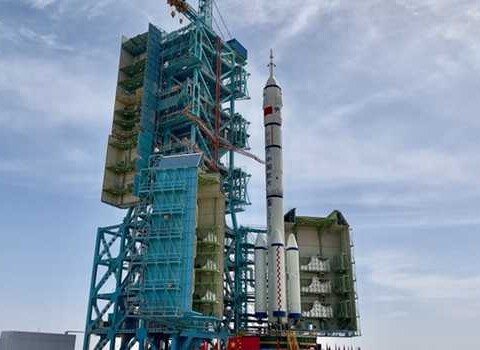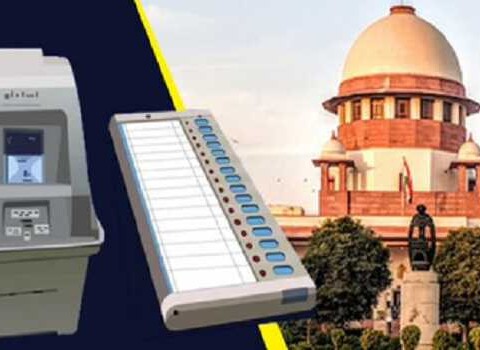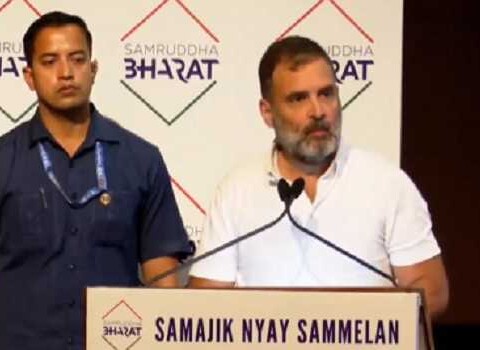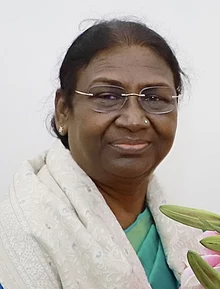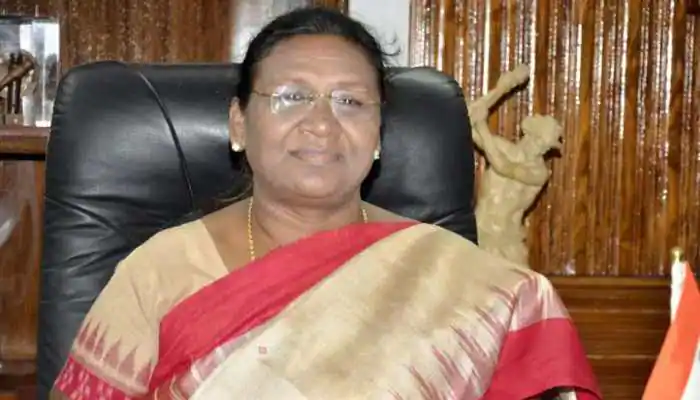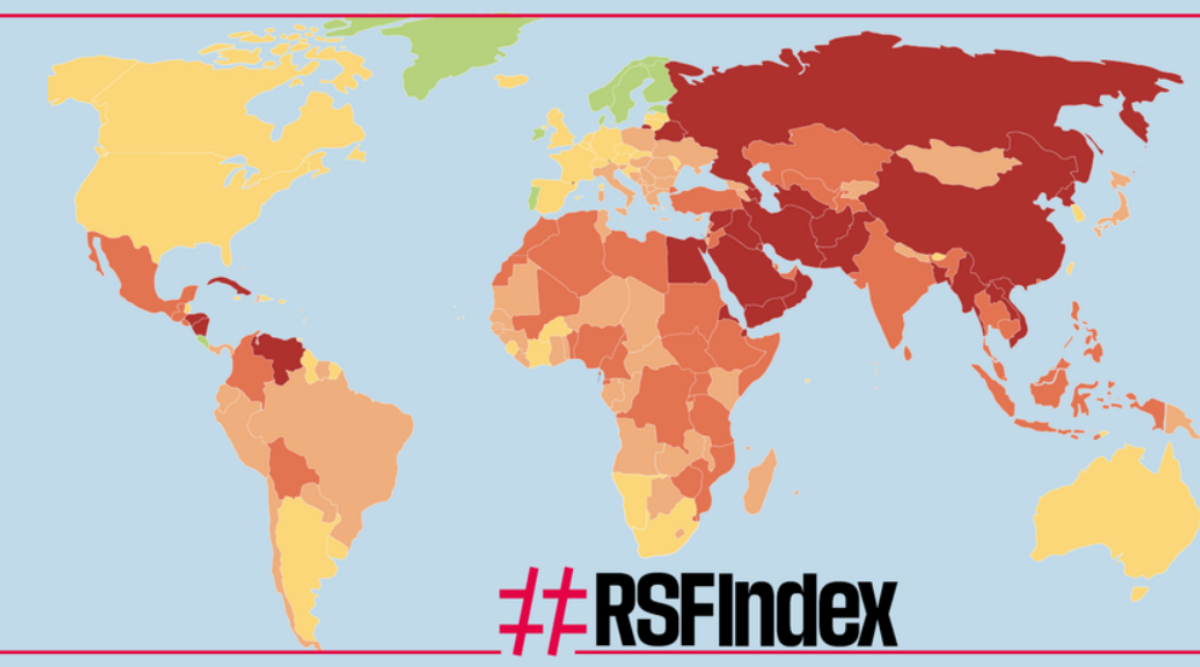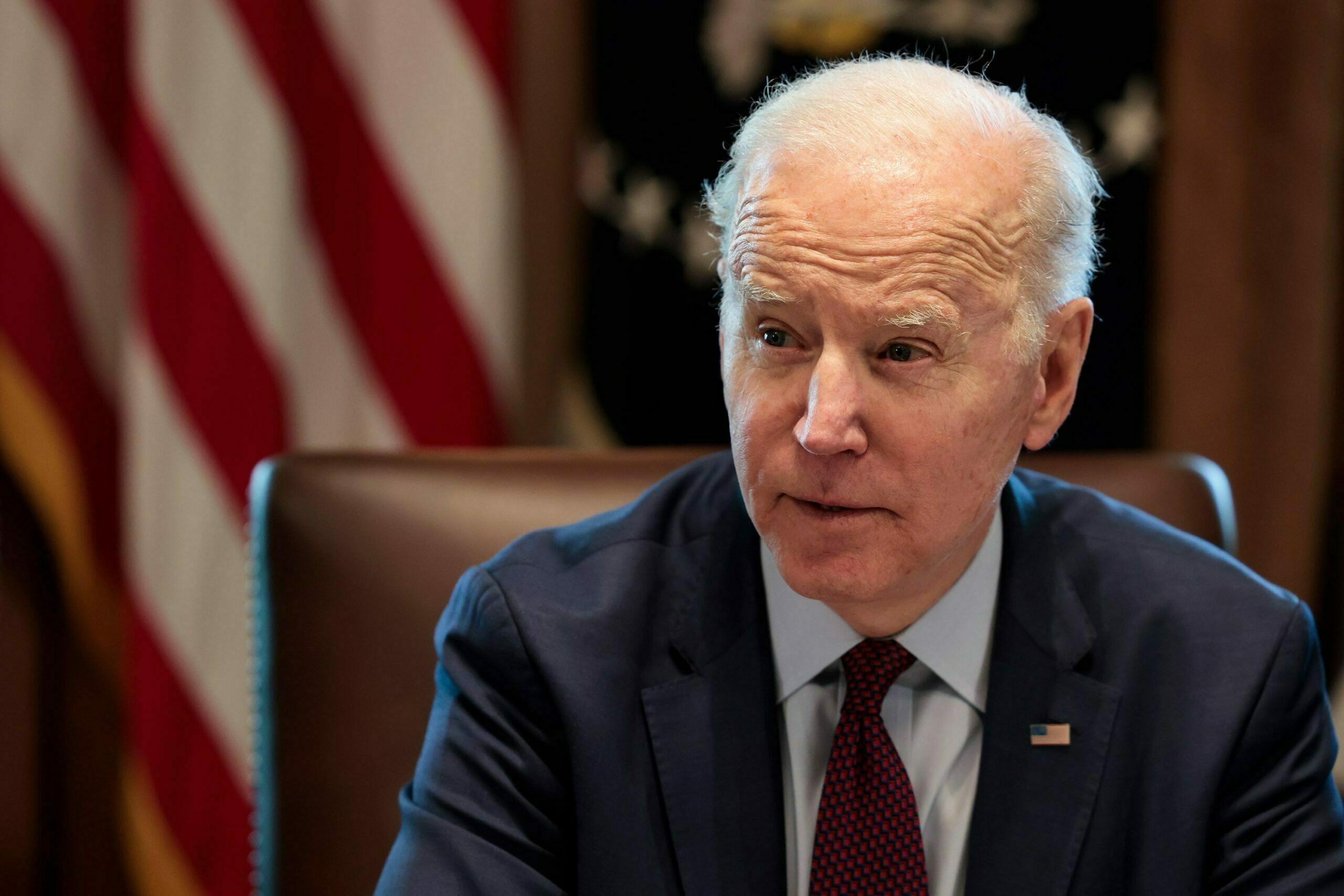Dr. Faazil Bashir Rather
Archaeological evidences suggest that chicken were domesticated as early as 5400 B. C. Chicken being reared either for their meat, feathers or eggs constitute a fascinating and diverse group of animals. Their ability to convert many types of feed, such as residuals from agri-activities, households and food processing industries, into animal products and protein sources is more efficient than most other animal species. Their contribution to food security, protein supply, and peoples’ livelihood makes them valuable asset on a global level. They can fit into urban and peri-urban production and in many parts of the world they generate income over which women have control, thus contributing to the millennium goals regarding gender issues.
Poultry is one of the fastest growing segments of the agricultural sector with around eight percent growth rate per annum and the sector has witnessed a paradigm shift in structure and operation from a mere backyard activity into a state-of-art technological commercial production system. Development of high yielding layer (310-340 eggs) and broiler (2.4-2.6 kg at 6 weeks) varieties together with standardized package of practices on nutrition, housing, management and disease control have contributed to spectacular growth of the sector. India ranks 3rd in egg production (114.38 billion eggs per annum; per capita availability of 86 eggs per annum) and 5th in chicken meat production (4.30 million tons of poultry meat per annum) in the world. About 2-2.5 million tons of poultry litter, a valuable organic fertilizer, is produced as a byproduct every year.
Poultry Integrator System
Poultry sector in the Union Territory of Jammu & Kashmir has witnessed a 28% CAGR and currently employs over 50000 people. With the implementation of various prestigious developmental schemes, viz., Rural Backyard Poultry Distribution Scheme (RBPDS), Poultry Venture Capital Fund Scheme (PVCF), Innovative Poultry Productivity Project under National Livestock Mission (NLM-CSS), J&K Poultry Policy 2020, Integrated Poultry Development Program (IPDP), Poultry Development Programme, etc which have to a greater extent revolutionized the poultry meat availability in the Union Territory both in backyard as well as commercial sector. As per the conservative estimates, the annual per capita availability of eggs and poultry meat is around 94 eggs and 4.40 Kg, respectively (both own production as well as imports).
In view of the increasing demands for poultry and poultry products, the sector foresees a bright future, further expansion and industrialization. For sustainable development of the sector, to reduce the import dependencies and reversing the trend to exports, for generating employment avenues and making the Union Territory self-reliant in poultry eggs and meat, special efforts need to be made towards integration and innovations. Integration of the various segments of the poultry industry and adopting industrial-like methods for all stages of the cycle can offer a potential sustainable solution, like Suguna’s Business Model, Venky’s, Indian Broilers, Sneha Farms, Sampoorna, Kudumbashree Kerala Chicken project, etc.
As we are aware that poultry industry faces many challenges and risks, specifically in terms of marketing infrastructure. Lack of adequate cold chain facilities and organized and regulated wet markets result in volatile prices of poultry products. As marketing is controlled by commission agents and private traders, procurement from smallholders in remote and backward areas is hardly prioritized. The monopolized concentration of commercial poultry in certain regions has led to a neglect of other rural areas from this revolution. To overcome this, a strong marketing network to strengthen and expand direct farmer-market linkages is needed. With the efforts of administration many poultry mandis have been made operational in the Valley and now various multi-purpose marketing facilities are under process to be established soon and additionally successfully launching of virtual online poultry mandi which act as Buyer-Seller platform, connecting farmers with consumers/ buyers, which would not only strengthen the much needed marketing support but will also avoid exploitative middlemen-ship in the sector. Furthermore, with the recent publishing of three-tier rates for poultry birds, including at farmer’s level rate is a welcome step and would help in remunerative and secure returns to the farm produce.
Poultry Integrators include large regional farms that incorporate all aspects of production, including the raising of grandparent and parent flocks, hatchery, rearing Day Old Chicks, contracting production, compounding feed, providing veterinary services, slaughter/ processing facilities, value addition, transportation and marketing. Under this system, an independent producer (farmer) provides the land, buildings, equipment, utilities and daily care and management of the birds. The company supplies the birds, feed and any necessary health or technical assistance. The company coordinates and provides delivery of chicks from the hatchery and catching crews and transportation at the time of harvest. The independent producer is then paid as per kilograms of meat or per egg produced based on efficiency standards. The best producers are rewarded with bonus payments based on their relative performance. The growers that achieve better feed efficiency, lower mortality and other cost and quality standards earn a remunerative premium. The system rewards efficiency and optimal bird care. The integration model ensures that farmers are insulated from fluctuations in market prices. They remain assured of getting predetermined fixed prices throughout the year.
Innovations in Poultry Production Supply Chain
Digital transformations are paving the way towards a more advanced technological vision for the future development of poultry enterprise. The poultry industry needs to implement several changes in its production and processing systems to meet the growing demand for poultry products, while taking into account farming sustainability and ensuring high standards in operations. Recent advances in technological and engineering tools, such as advanced sensors and sensing devices, data processing and machine learning, provide effective means for the poultry industry to optimize yield, to track material flow throughout the entire process from farm to fork and make decisions based on real-time constraints in material flows, manufacturing operations and energy consumption, creating capabilities beyond what independent disconnected operating environments can provide. Biosensors, hyper spectral cameras, sensing arrays are just some of the recent advances in sensing devices. It is further worth mentioning that machine vision and computer vision are the advances underpinning many emerging technologies, such as robotics, artificial intelligence, and smart sensors.
Following are some of the innovations which can be considered in future:
(1) Remote Sensing can help in precision poultry production. These sensors can be used to help estimate weight and measure crop uniformity of birds being reared in the farm.
(2) Robotics and automations can have the potential to reduce labor and are effective for 24×7 operations. Robots use imaging sensors and machine learning and have the capability to detect and pick up floor eggs and sense environmental temperatures, gasses and light levels, etc within the farm while as in processing plants these can also be very much useful.
(3) Food Safety is a critical concern in the poultry production systems. Use of genetically modified microbes and advanced bioinformatics tools for detection food pathogens and these microbes also secrete antimicrobials agents and lower resistance emergence and/or secrete engineered antimicrobial lysins.
(4) Artificial Intelligence is a powerful tool that can help to improve efficiency and address welfare and health challenges. Use of sensors and software can estimates the amount of feed in on-farm bins and this system can report feed levels via web portals and a mobile app to growers, feed mills and integrators. Use of simulation can help to estimate the water, energy, waste water and labor utilization of a poultry processing plant. Block Chain Technologies helps maintain transparency and traceability of food products throughout the supply chain.
(4) Microbiome and Life Science. Advancements in genetics, microbiology, poultry health management, nutrition, etc helps to improve flock management thereby raising healthier birds. Use of room-temperature stable vaccine against coccidiosis and use of encapsulation technology to block receptors specific to parasites and physically disrupt the parasite cuticle are few examples. Such technologies addresses bird welfare during the load-out, in transport and in plant holding sheds. Gene editing technologies are being employed wherein bio-marker is used in the genetic material of male chicks at the parent stock level to create an optical signature in embryos detectable at the breeding/hatching operation. Now-a-days, nanotechnology is being used for early detection of viruses in poultry flocks.
While looking at the future, where food insecurity is a looming threat, it is vital to ensure that food supply chains including processing are sustainable. For Sustainable growth of the sector, policies need to be prioritized wherein efforts may be directed towards implementation of poultry integrator system, to ensure smaller carbon foot-print, addressing welfare issues of birds, efficient pest control management, transitioning off traditional farm equipments, use of technology and futuristic innovations, which can to a greater extent help in raising healthier flocks and affordable food to all regardless of where people live or their income.
(Dr. Faazil Bashir Rather is Technical Officer (Poultry), Directorate of Animal Husbandry Kashmir, Red Cross Road Gaw Kadal Srinagar Kashmir)
Poultry Integrator System and Innovations: Making the industry more sustainable
5 mins read

Latest from Archives
New Delhi (UNI): NDA’s Presidential candidate Droupadi Murmu was on Thursday declared the next President of
New Delhi (UNI): Draupadi Murmu, the President elect who will succeed Ram Nath Kovind, the first
New Dehli (UNI): Information and Broadcasting minister Anurag Thakur on Thursday said it is important to
New Delhi (UNI): The government has rejected the World Press Freedom Index 2022 published by international
Washington (UNI): US President Joe Biden has tested positive for Covid-19, the White House announced on



